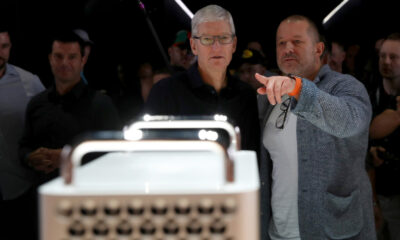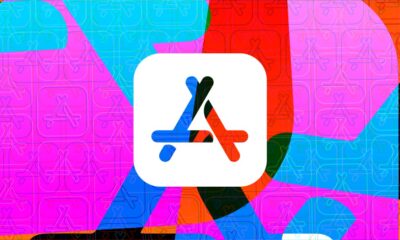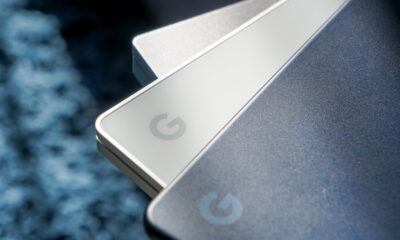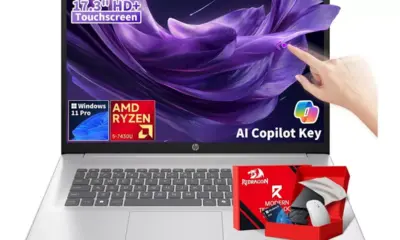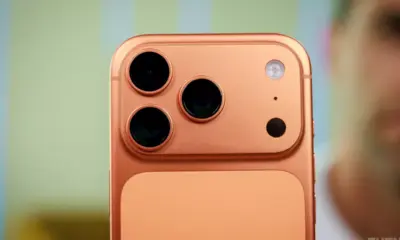Technology
Vivo Unveils OriginOS 6, Inspired by Apple’s Liquid Glass UI
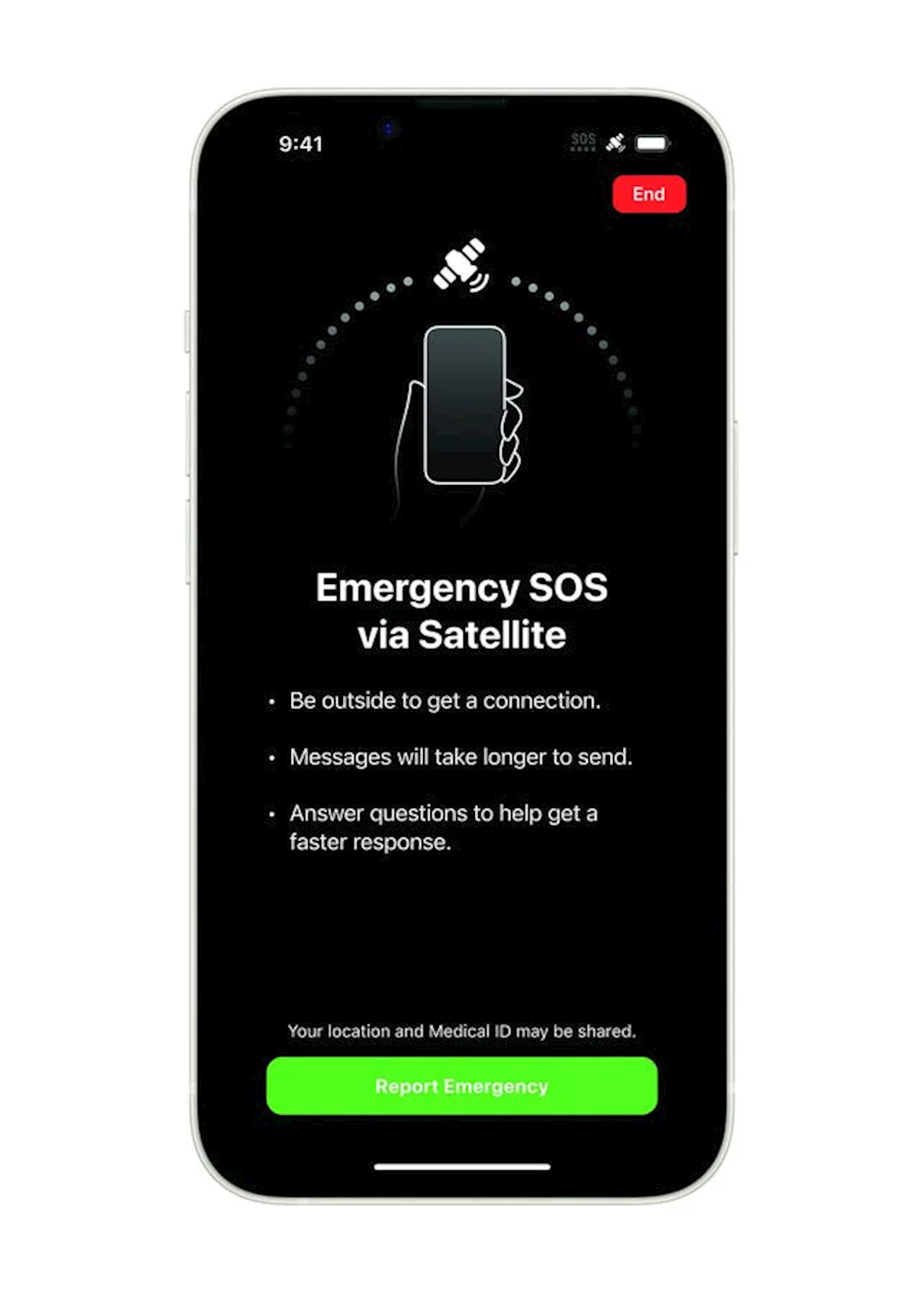
Vivo has introduced its latest operating system, OriginOS 6, which draws inspiration from Apple’s controversial Liquid Glass user interface (UI) featured in iOS 16. This development highlights the ongoing influence of Apple’s design choices on the Android ecosystem, as manufacturers increasingly adopt similar aesthetic features.
At the Worldwide Developers Conference (WWDC) in June 2025, Apple showcased iOS 16, which was later made available to compatible iPhones in September 2025. The Liquid Glass design has been met with mixed reviews, yet it has prompted Android manufacturers, including Vivo, to experiment with this unique look in their own software offerings.
The significance of this trend can be traced back to previous instances where Apple’s innovations set a precedent across the smartphone industry. For example, the introduction of the iPhone X in 2017 popularized the now-ubiquitous notch design, prompting many Android devices to follow suit. Similarly, the Dynamic Island feature introduced with the iPhone 14 Pro inspired a swift response from Android developers eager to replicate its success.
With the rollout of OriginOS 6, Vivo users who appreciate the aesthetic appeal of the Liquid Glass design can now enjoy a similar experience on their devices. This update not only enhances the visual aspect of Vivo smartphones but also allows users to customize their devices further. Other Android users can take advantage of third-party applications that create a glass-like effect for icons and wallpapers, offering a glimpse of the Liquid Glass experience.
Anticipating a Shift in Android Design Trends
As the Liquid Glass design gains traction within the Android community, it is likely that other manufacturers will incorporate translucent elements into their user interfaces. This shift could lead to a broader acceptance of such visual styles across various Android devices, enhancing the overall user experience.
Additionally, Android launcher developers may quickly adopt this new theme, providing users with even more options to personalize their devices. The potential for widespread adoption of the Liquid Glass design language signifies a notable moment in the ongoing interplay between Apple and Android, where design innovations from one platform often influence the other.
In conclusion, Vivo’s embrace of Apple’s Liquid Glass UI through OriginOS 6 underscores the dynamic nature of smartphone design. As users seek fresh and engaging experiences, the incorporation of such elements could redefine how Android interfaces evolve in the coming months.
-

 Technology4 months ago
Technology4 months agoDiscover the Top 10 Calorie Counting Apps of 2025
-

 Health2 months ago
Health2 months agoBella Hadid Shares Health Update After Treatment for Lyme Disease
-

 Health3 months ago
Health3 months agoErin Bates Shares Recovery Update Following Sepsis Complications
-

 Technology3 weeks ago
Technology3 weeks agoDiscover 2025’s Top GPUs for Exceptional 4K Gaming Performance
-

 Technology4 months ago
Technology4 months agoDiscover How to Reverse Image Search Using ChatGPT Effortlessly
-

 Technology2 months ago
Technology2 months agoElectric Moto Influencer Surronster Arrested in Tijuana
-

 Technology4 months ago
Technology4 months agoMeta Initiates $60B AI Data Center Expansion, Starting in Ohio
-

 Technology4 months ago
Technology4 months agoRecovering a Suspended TikTok Account: A Step-by-Step Guide
-

 Health4 months ago
Health4 months agoTested: Rab Firewall Mountain Jacket Survives Harsh Conditions
-

 Lifestyle4 months ago
Lifestyle4 months agoBelton Family Reunites After Daughter Survives Hill Country Floods
-

 Technology3 months ago
Technology3 months agoUncovering the Top Five Most Challenging Motorcycles to Ride
-

 Technology4 weeks ago
Technology4 weeks agoDiscover the Best Wireless Earbuds for Every Lifestyle

